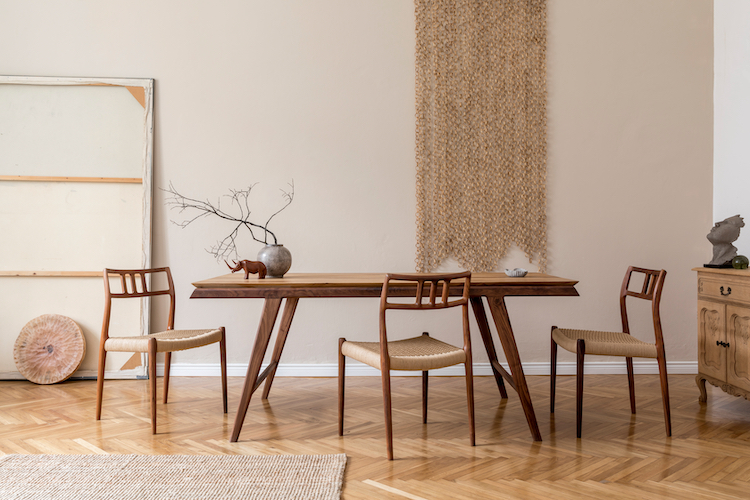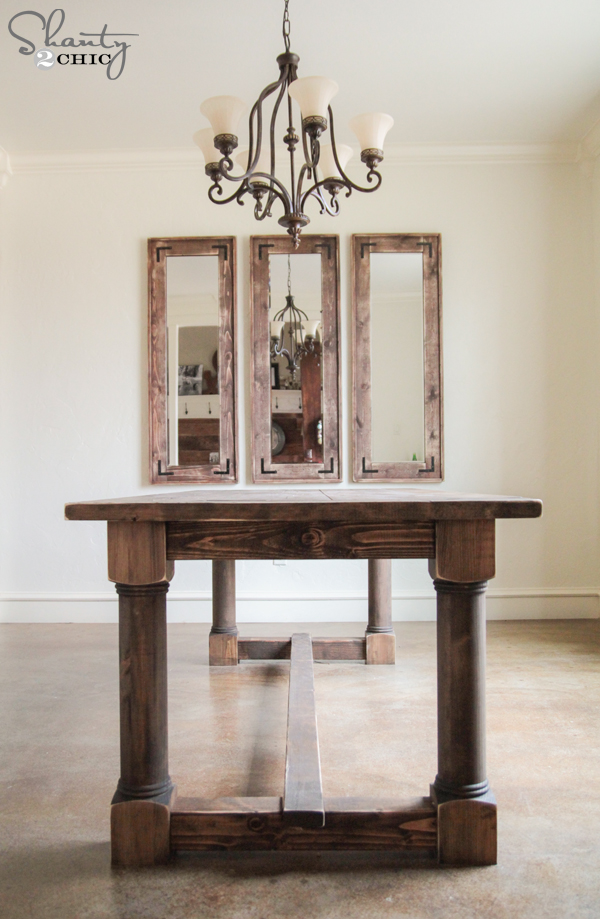Add Charm and Elegance to Your Space with Distinct Dining Room Table Legs
From Conventional to Modern: Find the Suitable Dining Room Table Legs for Your Style
While classic designs such as cabriole and turned legs stimulate a feeling of ageless elegance, modern designs like barrette and geometric alternatives present a chance for striking aesthetic rate of interest. As you take into consideration these elements, the inquiry continues to be: how can you perfectly incorporate these varied leg designs to create a harmonious dining experience?
Comprehending Table Leg Styles
The selection of dining-room table leg styles can substantially affect both the appearances and capability of the area. Each leg design adds one-of-a-kind sensible attributes and visual elements, catering to varied layout preferences and use needs. Recognizing these styles is crucial for selecting the best table that straightens with your total indoor design vision.
For example, conical legs supply a clean, classic appearance that can boost a room's beauty, while stand bases offer stability and make the most of legroom, making them excellent for smaller sized spaces. Barrette legs, a trademark of mid-century modern layout, present a commercial panache, enabling a ventilated, open feeling. Trestle legs evoke rustic appeal, providing robust support and a sense of eternity.
Additionally, the option of products plays a considerable role. Wood legs can bring heat and appearance, whereas metal alternatives often convey a streamlined, contemporary ambiance. Inevitably, comprehending table leg designs is vital for creating a cohesive eating location that shows individual style while making certain functionality and convenience. By attentively taking into consideration these elements, you can improve both the practical and aesthetic charm of your dining room.
Standard Table Leg Options
When selecting eating area table legs, traditional choices usually embody classic elegance and workmanship. These designs reflect a rich heritage and a commitment to top quality, making them ideal for those who appreciate timeless looks.
Among one of the most iconic conventional leg designs is the cabriole leg, identified by its elegant bent shape. This design frequently features ornamental carvings and is most frequently discovered in Queen Anne and Chippendale furniture. One more prominent choice is the turned leg, which flaunts a collection of smooth, rounded shapes that offer a classic look while maintaining stability.
Furthermore, the straight leg, while simple, offers a basic and durable structure that can blend flawlessly with a selection of tabletop designs. For those attracted to ornate outlining, claw-and-ball feet legs evoke a sense of grandeur and can serve as a magnificent centerpiece in any eating room.
Finally, stand bases, although not strictly legs, provide an alternative standard alternative that permits adequate legroom and can be perfectly carved. Each of these traditional leg designs adds to the total atmosphere of a dining space, marrying function with visual charm.

Modern Table Leg Layouts
Modern table leg designs offer a varied variety of designs that emphasize innovative materials and clean lines. These designs commonly prioritize capability while offering as striking centerpieces within an eating space. Minimal aesthetics prevail, with legs crafted from products such as metal, glass, and crafted timber, which add to a airy and modern feel.
One prominent layout is the barrette leg, defined by its slim, tapered structure that offers stability without overwhelming the table top (dining room table legs). This design is commonly discovered in mid-century modern-day furniture and can easily complement numerous table shapes. An additional trend is making use of geometric shapes, where legs may tackle asymmetrical or angular kinds, adding visual passion and a touch of creativity

Blending Designs for Distinct Spaces
Often, homeowners seek to produce distinct dining rooms that reflect their personal style by blending various layout components. This technique permits for the unification about his of varied aesthetics, causing an unified yet unique setting. Pairing a rustic wooden table with streamlined, contemporary metal legs can develop an appealing contrast that elevates the area's overall allure.
Furthermore, incorporating vintage table legs with contemporary table tops can evoke a feeling of background while maintaining a contemporary sensibility. Such combinations not just showcase specific taste yet additionally motivate creativity, allowing home owners to curate an area that feels both individual and welcoming.
Shade plays an essential role in this mixing process; selecting table legs that complement or comparison with the existing shade plan can boost aesthetic interest. Whitewashed legs can soften the daring of a dark table surface, producing a well balanced aesthetic.
Tips for Choosing the Right Legs
Picking the right table legs is crucial for accomplishing both capability and aesthetic charm in your eating area. Begin by considering the general design of your area. Traditional setups benefit from legs that feature complex carvings or transformed designs, while contemporary areas might require streamlined, minimal styles.
Next, examine the height and stability of the legs. dining room table web legs. Conventional eating tables vary in between 28 to 30 inches in elevation, so ensure the legs match this measurement for comfort. In addition, durable products, such as wood or steel, can boost stability and longevity
Assess the leg shape too-- options include straight, tapered, or pedestal styles. Straight legs use a timeless appearance, while conical legs can include a touch of beauty. Pedestal bases supply adequate legroom and are excellent for smaller sized rooms.
Verdict
In summary, selecting the optimal dining room table legs requires careful factor to consider of both traditional and contemporary styles. Traditional options such as cabriole and turned legs use ageless elegance, while modern styles like barrette and geometric shapes supply a modern touch. By balancing leg design, height, and product with the general décor, a cohesive and inviting atmosphere can be achieved. Inevitably, the selected table read what he said legs ought to show the desired aesthetic, boosting the dining experience within the space.
The range of dining area table leg designs can substantially influence both the visual appeals and capability of the space. Inevitably, recognizing table leg designs is crucial for creating a natural eating area that reflects individual design while making sure practicality and convenience.One of the most famous traditional leg designs is the cabriole leg, identified by its stylish bent shape. Straight legs use a classic look, while tapered legs can include a touch of elegance.In summary, choosing the optimal eating room table legs needs mindful consideration of both standard and modern-day styles.